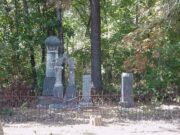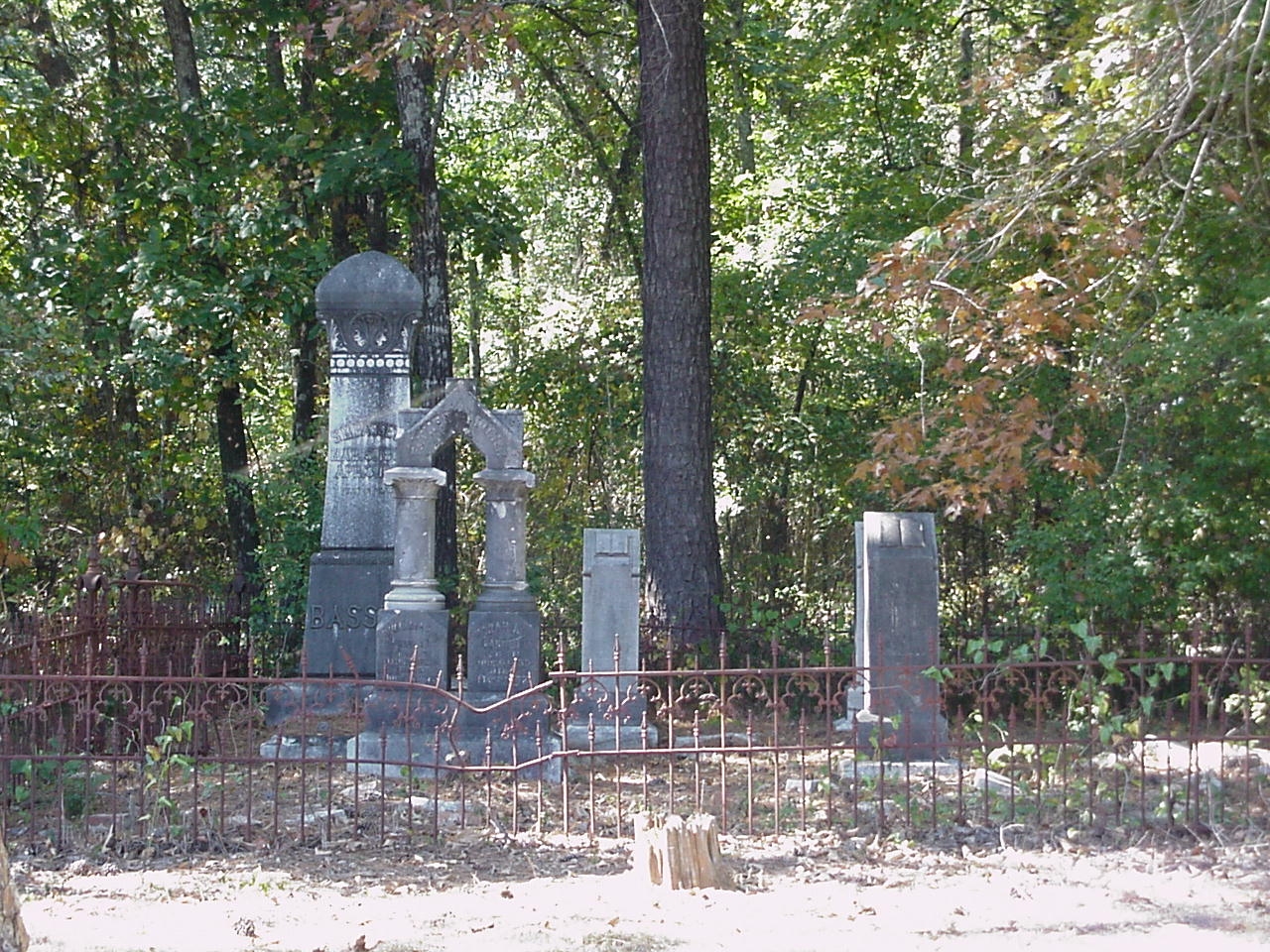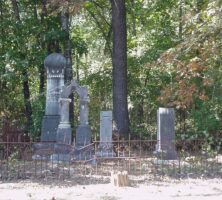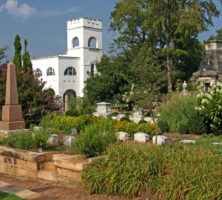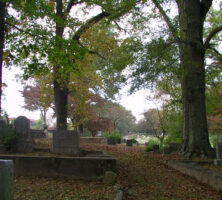Cemeteries have long been a significant part of Georgia’s history, but the individuals and organizations that care for them face a variety of challenges. Increased urbanization and limited public funding, along with a dilution of respect and reverence for cemeteries, has resulted in their destruction by development, neglect, abandonment, and vandalism.
Laws are in place that prohibit disturbing human remains and associated burial objects, and violators may face fines and even felony charges. Once a grave is damaged or destroyed, however, there is little hope of properly restoring it to its former condition. Unfortunately, Georgia’s laws alone are not strong enough to keep cemeteries safe from harm.
Often the best protection for a cemetery comes from the local community, and that protection should start with maintenance. Concern for restoring and maintaining historic cemeteries is mounting across Georgia as more previously unknown graves come to light because of increasing development in rural areas. In cemetery restoration both money and manpower become critical issues. The principal, most viable force for cemetery care is the effort of descendants or concerned community members themselves. They are the most effective caregivers and protectors of any private cemetery. It is a role long played in the South—those who have loved ones or ancestors in a cemetery carry on the responsibility of taking care of those cemeteries.
The state government cannot take over the upkeep or provide money for repairs and continuous maintenance of a graveyard, nor can a private organization do so under most circumstances. Even local governments are unable to take on this responsibility unless the city or county owns the cemetery. If family members are not available, then a local nonprofit organization, such as a historical society or a genealogical society, could form a committee to assist those cemeteries. It can also be effective to form a separate nonprofit association to manage a family or community cemetery and accept tax-exempt donations to help with the upkeep. Some good examples of city-owned cemeteries using successful preservation strategies with separate nonprofit organizations are Bonaventure Cemetery in Savannah, Linwood Cemetery in Columbus, and Oakland Cemetery in Atlanta.

Courtesy of Ren and Helen Davis
In addition to providing maintenance, families and others often are interested in recording the information a cemetery holds. Publication of the tombstone inscriptions in many Georgia counties has been one way, if done properly and accurately, to record and preserve the information in a cemetery and provide proof of its existence. Making photographs, and if possible a video recording, will enhance the record of the cemetery and be a good reference for future repair projects. Recording a cemetery should also include seeing that its existence and location are marked on current county land-deed records and tax maps. Marking the cemetery on public records, including the statewide cemetery location database, will help ensure that it is known and protected by future landowners, developers, zoning boards, and planning commissions.
A number of Georgia counties have benefited from the efforts of organizations or individuals who have worked to identify, record, and publish information on their county’s cemeteries. For example, the Gwinnett Historical Society in Gwinnett County has been one of the most active groups in its continued efforts to identify and record all cemeteries within the county’s boundaries. The society published a book documenting marked burials and known cemeteries, and placed a map at the county courthouse marking these locations. Other counties, such as Cobb, have cemetery commissions that work closely with county planning, zoning, and permitting boards to ensure that the cemeteries are protected when land-use decisions are made.
The burial grounds of historically marginalized communities are threatened, and preservationists face unique challenges when restoring these spaces. The city cemeteries of Decatur and Atlanta (Oakland Cemetery) each have a separate African American burial section that is maintained along with the rest of the cemetery and overseen by the nonprofit groups that assist with those cemeteries. Due to the legacy of segregation, many older African American burial grounds are totally separate cemeteries, such as Porterdale, owned and maintained by the city of Columbus, or Behavior, on Sapelo Island, overseen by the Hog Hammock community. Laurel Grove-South is the major African American cemetery in Savannah and is maintained by the city with the help of local heritage groups. Other African American cemeteries are associated with churches, such as the one adjoining Green Grove Church and School in Stewart County, and are maintained by them. The cemeteries named above are all being maintained and are also on the National Register, but there are many more that are in need of assistance, especially the many small African American family cemeteries, along with those of other ethnic groups, that are in dire need of preservation and protection.
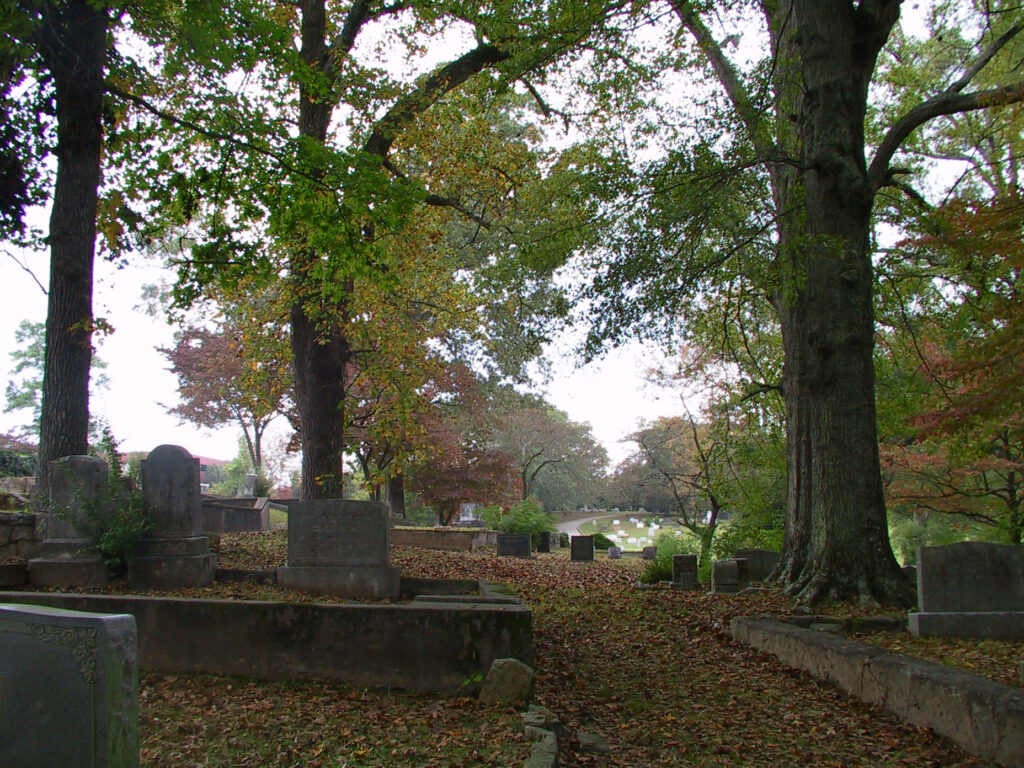
Photograph by Melinda G. Smith, New Georgia Encyclopedia
People think of cemeteries as being the permanent resting place of the dead, but occasions do arise when they must be moved because of development or other unavoidable impacts. If a cemetery must be relocated, Georgia law clearly states specific procedures to be followed. The complex and somewhat lengthy process is to be carried out under a permit issued by the local government. The procedures require the expertise of several different professionals, as well as the participation of any descendants who can be located. As Georgia continues to attract new industry and new residents, grave relocation may become the single most critical issue to cemetery caregivers and descendants in the twenty-first century.


